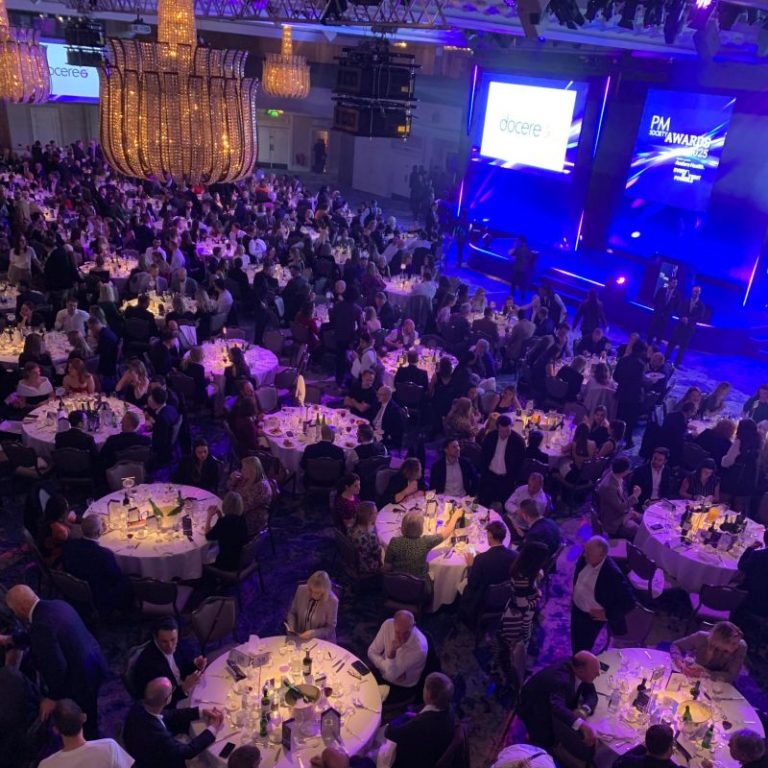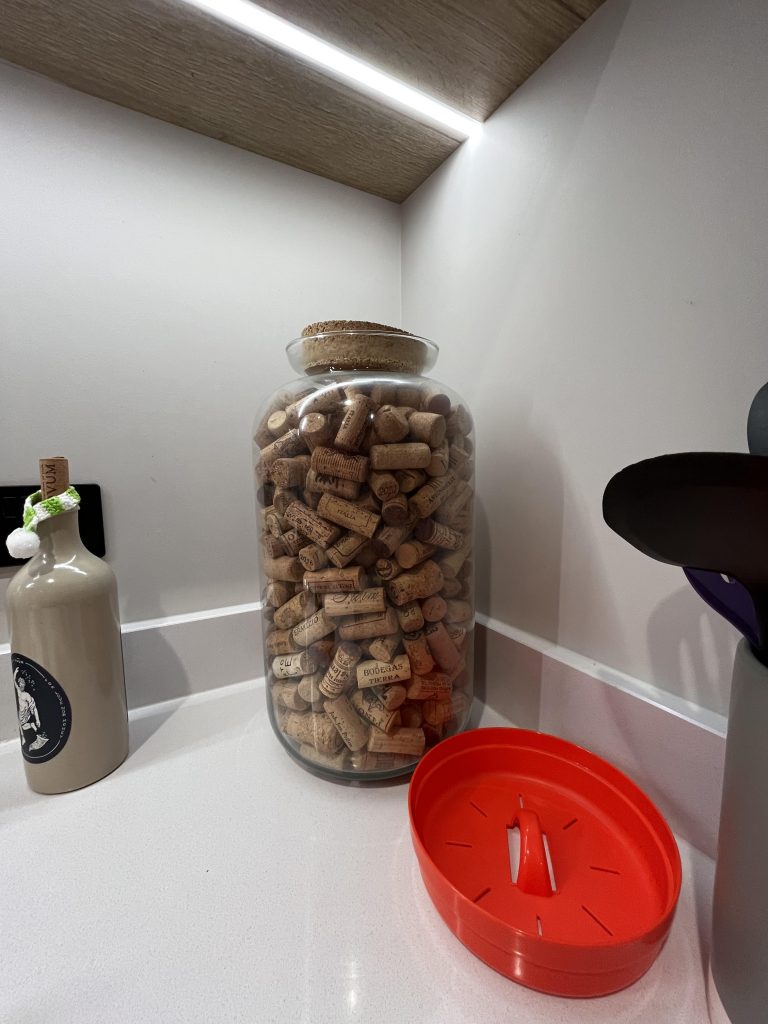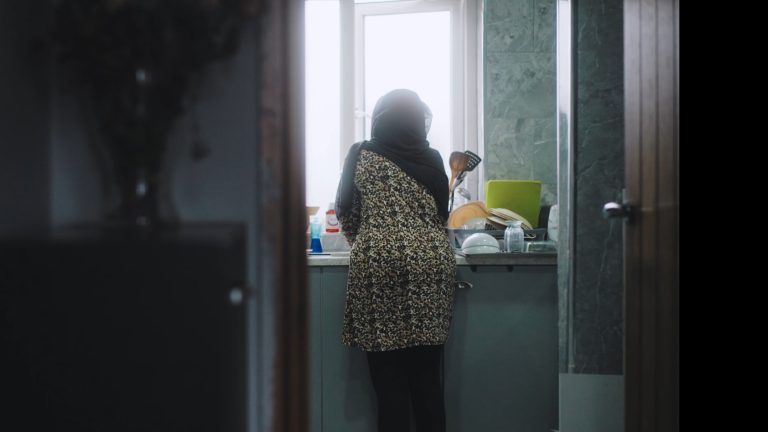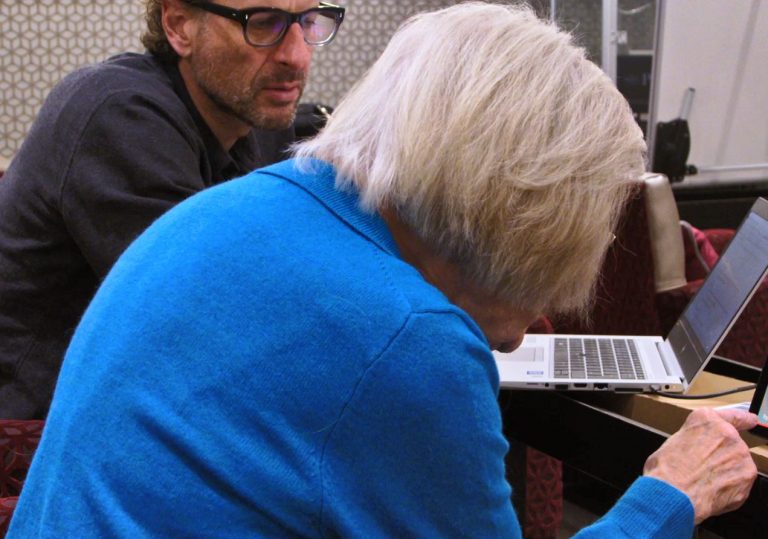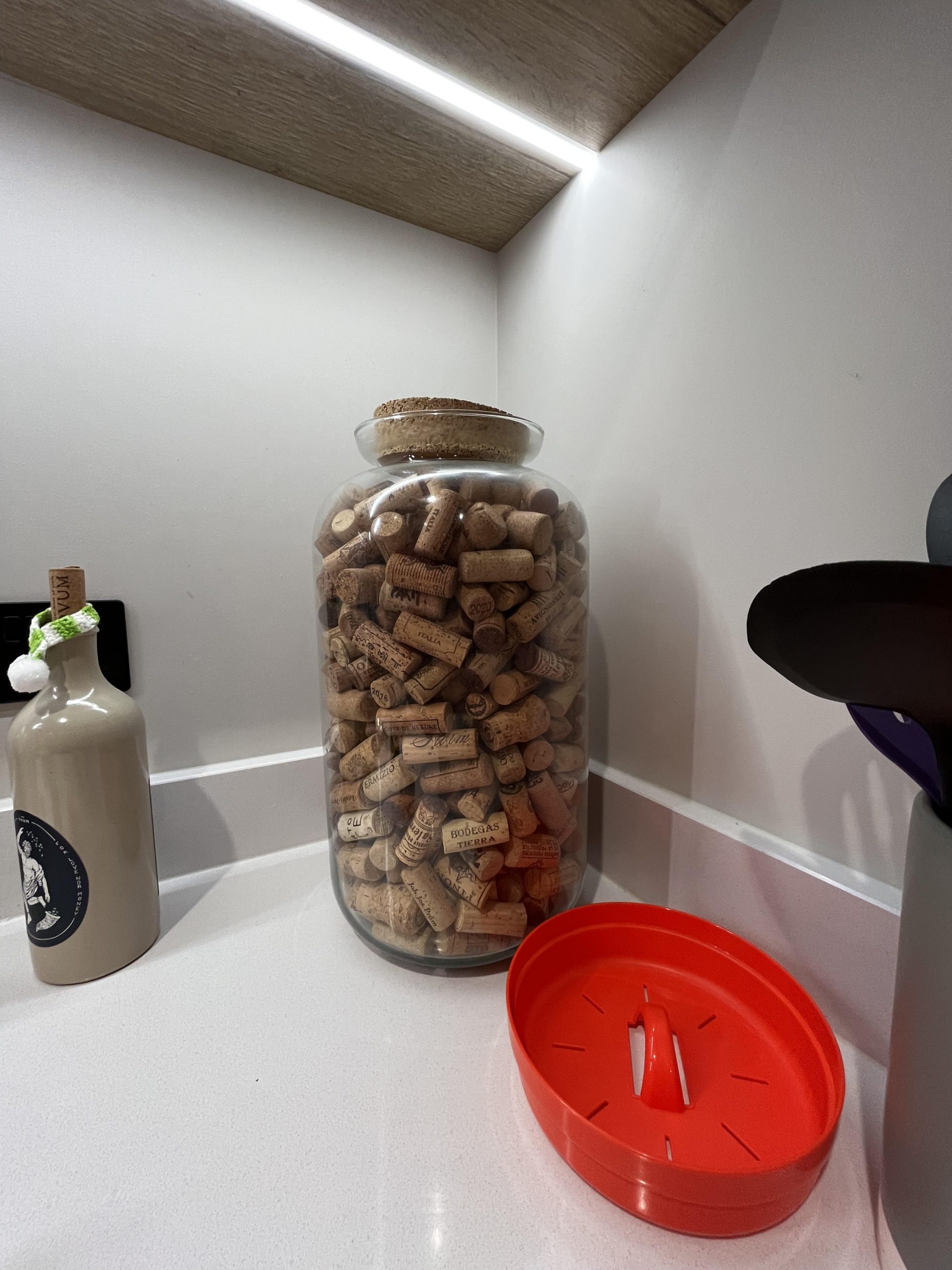
30 minutes into a research home visit, the conversation took an unexpected turn. We went ‘off-script’ and were talking about her experience of Alcoholics Anonymous.
By the window ledge sat a large glass vessel filled with wine corks. To break the ice, I joked about a fancy corkscrew I’d once been given. It was useless as it screwed down instead of up, sending wine exploding out of the bottle. “Not a good way to start an evening with guests,” I laughed.
She didn’t laugh.
Her: “I don’t drink anymore.”
Me: “Oh, OK.”
Her: “Those corks are a reminder that I’m done with drinking. That’s why I keep it there.”
Awkward? Yes. But also illuminating.
The jar was more like an altar than decor and each cork was like a trophy from a war she had fought and survived. But by stumbling into it, I was granted a glimpse of her private mythology.
Objects in the home often work like this. Draw attention to some of them and they let us time travel into a different universe revealing values, longings, memory, loss, and desire. Researchers can use them to reframe conversations, uncover identity, and explore culture as lived evidence.
Collecting isn’t just about objects. It’s how we preserve memory, express identity, and build meaning against the passing of time.
I loved this essay by Elsie Morales on why we collect things. How collections help people hold onto the past and anticipate the future.
The most meaningful insights often come from moments that feel the most uncomfortable.

